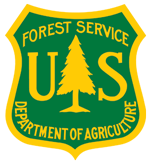-
 Biodiversity in a Warmer World
Biodiversity in a Warmer World
-
A new framework helps to understand how species ranges change under global warming.
Located in
Resources
/
Climate Science Documents
-
 Call for a climate culture shift
Call for a climate culture shift
-
A new book describes the rapid reshaping of human priorities needed to save the planet from global warming. Some of that change is already under way at the community level, explains Robert Costanza.
Located in
Resources
/
Climate Science Documents
-
 Can a collapse of global civilization be avoided?
Can a collapse of global civilization be avoided?
-
Environmental problems have contributed to numerous collapses of civilizations in the past. ... But today, for the first time, humanity’s global civilization—the worldwide,increasingly interconnected, highly technological society in which we all are to one degree or another, embedded—is threatened with collapse by an array of
environmental problems. Humankind finds itself engaged in what Prince Charles described as ‘an act of suicide on a grand scale’ [4], facing what the UK’s Chief Scientific Advisor John Beddington called a ‘perfect storm’ of environmental problems [5]. The most serious of these problems show signsof rapidly escalating severity, especially climate disruption.
Located in
Resources
/
Climate Science Documents
-
 Can forest management be used to sustain water-based ecosystem services in the face of climate change?
Can forest management be used to sustain water-based ecosystem services in the face of climate change?
-
Forested watersheds, an important provider of ecosystems services related to water supply, can have their structure, function, and resulting streamflow substantially altered by land use and land cover. Using a retrospective analysis and synthesis of long-term climate and streamflow data (75 years) from six watersheds differing in management histories we explored whether streamflow responded differently to variation in annual temperature and extreme precipitation than unmanaged watersheds. We show significant increases in temperature and the frequency of extreme wet and dry years since the 1980s. Response models explained almost all streamflow variability (adjusted R2 . 0.99). In all cases, changing land use altered streamflow. Observed watershed responses differed significantly in wet and dry extreme years in all but a stand managed as a coppice forest. Converting deciduous stands to pine altered the streamflow response to extreme annual precipitation the most; the apparent frequency of observed extreme wet years decreased on average by sevenfold. This increased soil water storage may reduce flood risk in wet years, but create conditions that could exacerbate drought. Forest management can potentially mitigate extreme annual precipitation associated with climate change; however, offsetting effects suggest the need for spatially explicit analyses of risk and vulnerability.
Located in
Resources
/
Climate Science Documents
-
 Changes in winter precipitation extremes for the western United States under a warmer climate as simulated by regional climate models
Changes in winter precipitation extremes for the western United States under a warmer climate as simulated by regional climate models
-
We find a consistent and statistically significant increase in the intensity of future extreme winter precipitation events over the western United States, as simulated by an ensemble of regional climate models (RCMs) driven by IPCC AR4 global climate models (GCMs). All eight simulations analyzed in this work consistently show an increase in the intensity of extreme winter precipitation with the multi-model mean projecting an area-averaged 12.6% increase in 20-year return period and 14.4% increase in 50-year return period daily precipitation. In contrast with extreme precipitation, the multi-model ensemble shows a decrease in mean winter precipitation of approximately 7.5% in the southwestern US, while the interior west shows less statistically robust increases.
Located in
Resources
/
Climate Science Documents
-
 Climatic extremes improve predictions of spatial patterns of tree species
Climatic extremes improve predictions of spatial patterns of tree species
-
Understanding niche evolution, dynamics, and the response of species to climate change requires knowledge of the determinants of the environmental niche and species range limits. Mean values of climatic variables are often used in such analyses. In contrast, the increasing frequency of climate extremes suggests the importance of understanding their additional influence on range limits. Here, we assess how measures representing climate extremes (i.e., interannual variability in climate parameters) explain and predict spatial patterns of 11 tree species in Switzerland. We find clear, although comparably small, improvement (20% in adjusted D2, 8% and 3% in cross-validated True Skill Statistic and area under the receiver operating characteristics curve values) in models that use measures of extremes in addition to means. The primary effect of including information on climate extremes is a correction of local overprediction and underprediction. Our results demonstrate that measures of climate extremes are important for understanding the climatic limits of tree species and assessing species niche characteristics. The inclusion of climate variability likely will improve models of species range limits under future conditions, where changes in mean climate and increased variability are expected.
Located in
Resources
/
Climate Science Documents
-
 Coastal habitats shield people and property from sea-level rise and storms
Coastal habitats shield people and property from sea-level rise and storms
-
Extreme weather, sea-level rise and degraded coastal ecosystems are placing people and property at greater risk of damage from coastal hazards 1–5. The likelihood and magnitude of losses may be reduced by intact reefs and coastal vegetation 1, especially when those habitats fringe vulnerable communities and infrastructure. Using five sea-level-rise scenarios, we calculate a hazard index for every 1 km2 of the United States coastline. We use this index to identify the most vulnerable people and property as indicated by being in the upper quartile of hazard for the nation’s coastline. The number of people, poor families, elderly and total value of residential property that are most exposed to hazards can be reduced by half if existing coastal habitats remain fully intact. Coastal habitats defend the greatest number of people and total property value in Florida, New York and California. Our analyses deliver the first national map of risk reduction owing to natural habitats and indicates where conservation and restoration of reefs and vegetation have the greatest potential to protect coastal communities.
Located in
Resources
/
Climate Science Documents
-
 Columbia Water Center White Paper America’s Water Risk: Water Stress and Climate Variability
Columbia Water Center White Paper America’s Water Risk: Water Stress and Climate Variability
-
The emerging awareness of the dependence of business on water has resulted in increasing awareness of the concept of “Water Risk” and the diverse ways in which water can pose threats to businesses in certain regions and sectors. Businesses seek to secure sustainable income. To do so, they need to maintain a
competitive advantage and brand differentiation. They need secure and stable supply chains. Their exposure risks related to increasing scarcity of water can come in a variety of forms at various points in the supply chain. Given increasing water scarcity and the associated deterioration of the quantity and quality of water sources in many parts of the world, many “tools” have been developed to map water scarcity riskor water risk. Typically, these tools are based on estimates of the average water supply and demand in each unit of analysis.Often, they are associated with river basins, while business is associated with cities or counties. They provide a useful first look at the potential imbalance of supply and demand to businesses.
Located in
Resources
/
Climate Science Documents
-
 Declining annual streamflow distributions in the Pacific Northwest United States, 1948–2006
Declining annual streamflow distributions in the Pacific Northwest United States, 1948–2006
-
Much of the discussion on climate change and water in the western United States centers on decreased snowpack and earlier spring runoff. Although increasing variability in annual flows has been noted, the nature of those changes is largely unexplored. We tested for trends in the distribution of annual runoff using quantile regression at 43 gages in the Pacific Northwest. Seventy-two percent of the stations showed significant (a = 0.10) declines in the 25th percentile annual flow, with half of the stations exceeding a 29% decline and a maximum decline of 47% between 1948 and 2006. Fewer stations showed statistically significant declines in either median or mean annual flow, and only five had a significant change in the 75th percentile, demonstrating that increases in variance result primarily from a trend of increasing dryness in dry years. The asymmetric trends in streamflow distributions have implications for water management and ecology well beyond those of shifted timing alone, affect both rain and snow-dominated watersheds, and contribute to earlier timing trends in high- elevation watersheds.
Located in
Resources
/
Climate Science Documents
-
 Does global warming favour the occurrence of extreme floods in European Alps? First evidences from a NW Alps proglacial lake sediment record
Does global warming favour the occurrence of extreme floods in European Alps? First evidences from a NW Alps proglacial lake sediment record
-
Our record suggests climate warming is favouring the occurrence of high magnitude torrential flood events in high-altitude catchments.
Located in
Resources
/
Climate Science Documents























